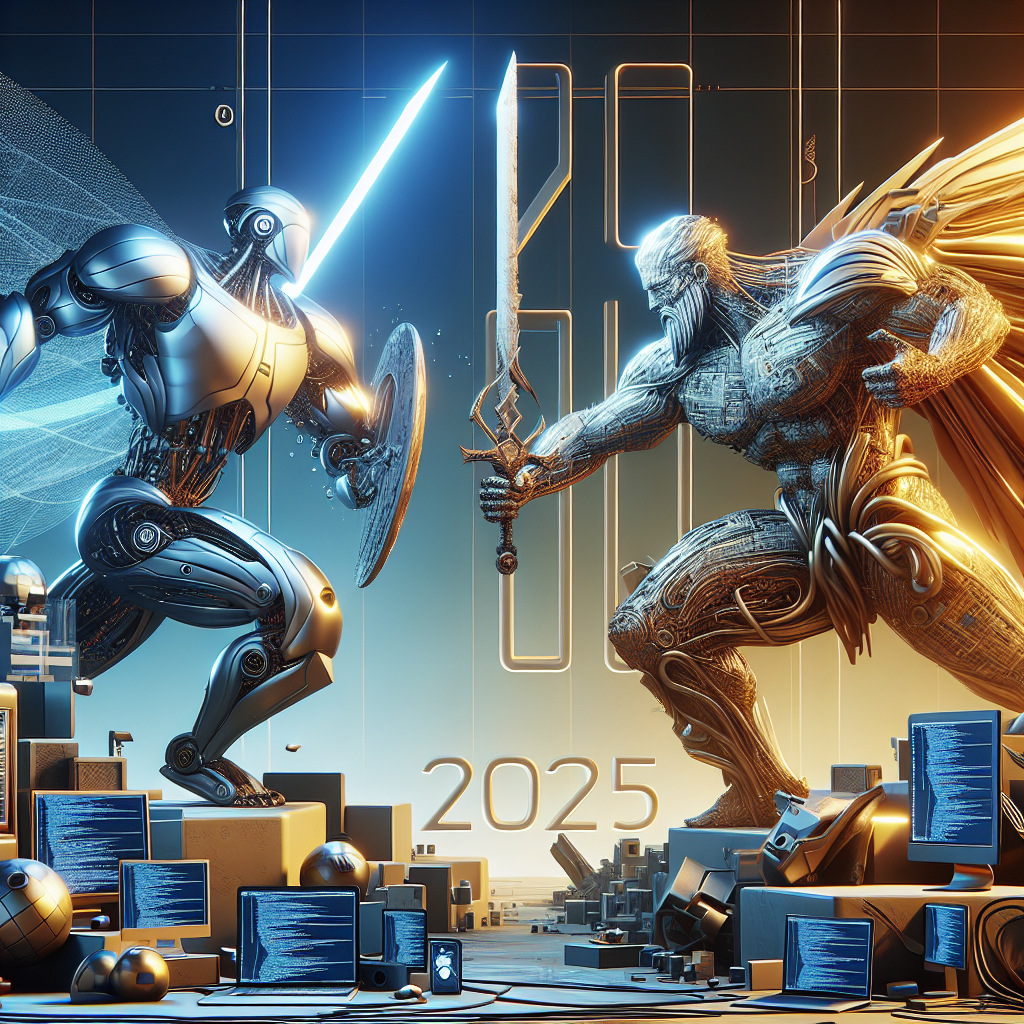Battle of the Titans: Comparing the Leading Game Engines of 2025
As we dive deeper into 2025, the landscape of game development is more vibrant and competitive than ever. The advances in technology, coupled with consumer demand for immersive and high-quality gaming experiences, have pushed game engines to evolve rapidly. In this article, we will take a closer look at the leading game engines of 2025—Unity, Unreal Engine 5, Godot 4, CryEngine 5.7, and Amazon Lumberyard—and compare their features, flexibility, and use cases.
1. Unity: The Versatile Veteran
Unity has long been a favorite among indie developers and small studios due to its user-friendly interface and extensive asset store. In 2025, Unity remains a powerhouse for 2D and 3D game development. Key features include:
- Real-Time Rendering: Unity has made significant strides in real-time graphics rendering, rivaling some of the higher-end engines. The introduction of the Universal Render Pipeline (URP) and High Definition Render Pipeline (HDRP) allows developers to achieve stunning visuals without needing intensive hardware.
- Cross-Platform Compatibility: Unity continues its tradition of ease in platform deployment, facilitating game releases on PCs, consoles, mobile devices, and VR/AR platforms with minimal adjustments.
- Robust Community and Resources: Unity’s vast community means that developers have access to a wealth of tutorials, plugins, and forums, making problem-solving more manageable.
Best For: Indie developers, mobile game development, AR/VR applications, and 2D games.
2. Unreal Engine 5: The Visual Powerhouse
Unreal Engine 5 has solidified its reputation as the leading engine for high-fidelity visuals and complex gameplay mechanics. With its release in early 2021 and subsequent updates, it’s a staple for AAA game development and cinematic experiences. Highlights include:
- Nanite & Lumen Technology: Nanite enables developers to use film-quality assets at scale, while Lumen delivers dynamic global illumination and reflections, making environments come alive in real-time.
- Blueprint System: The visual scripting Blueprint system allows developers to create complex game mechanics without extensive programming knowledge, appealing to both artists and designers.
- Metaverse Integration: With increasing interest in interconnected virtual worlds, Unreal 5 is at the forefront of developing metaverse-compatible applications, thanks to its powerful networking capabilities.
Best For: AAA developers, high-end graphics, and complex projects requiring extensive cinematic elements.
3. Godot 4: The Open-Source Challenger
Godot has gained a dedicated following due to its open-source nature and flexibility. In its fourth iteration, released in late 2024, it is better equipped than ever to challenge the giants. Key features include:
- GDScript and C# Support: Godot 4 introduces improved GDScript performance and more stable C# support, catering to a broader audience of developers.
- Enhanced 3D Features: With a focus on improving 3D rendering, Godot has significantly updated its rendering pipeline, incorporating features like global illumination, new shaders, and improved performance optimization tools.
- Lightweight and Lightweight Licensing: Being open-source means no licensing fees, making it an excellent alternative for hobbyists and small studios without deep pockets.
Best For: Indie developers, educational purposes, and projects that prioritize flexibility and customization.
4. CryEngine 5.7: The Environmental Realism Specialist
Famed for its visually stunning environments, CryEngine continues to shine in 2025. Its features cater primarily to developers aiming for realism and detail in their projects:
- Realistic Graphics Capabilities: CryEngine’s renowned Flora and Terrain tools enable developers to craft highly detailed, expansive environments that feel alive and authentic.
- Physics and Visual Effects: With its advanced physics system and powerful tools for visual effects, CryEngine is a suitable choice for games heavy in environmental storytelling.
- Integrated Audio Solutions: CryEngine’s capability for dynamic soundscapes adds depth to gameplay, enhancing the immersion through sound design.
Best For: Developers focusing on realistic graphics and elaborate environments, especially in the FPS and adventure genres.
5. Amazon Lumberyard: Focus on Multiplayer and Cloud Gaming
Though it started later than many competitors, Amazon Lumberyard has carved out a niche, particularly in cloud gaming and multiplayer experiences:
- AWS Integration: The deep integration with Amazon Web Services allows developers to create massively multiplayer online experiences with ease, utilizing backend infrastructure that scales seamlessly.
- Twitch Integration: Built-in support for Twitch enhances community engagement, allowing real-time streaming and interactions, which appeal to multiplayer-centric games.
- No Licensing Fees: Like Godot, Lumberyard has no upfront licensing costs, making it accessible to new developers.
Best For: Multiplayer games, cloud-based projects, and games aimed at live-streaming communities.
Conclusion
As 2025 unfolds, the battle of the game engines is more intense than ever. Each engine brings its strengths and focuses to the table, catering to different developer needs and project requirements. Whether you’re an indie developer seeking accessibility, a AAA studio aiming for breathtaking visuals, or a passionate hobbyist looking for flexible tools, there’s a game engine out there that fits your vision. Choosing the right one will be key to achieving your creative aims in this exciting and ever-evolving industry. As technology and player expectations continue to grow, the game engines of tomorrow will undoubtedly evolve even further, setting the stage for the next great gaming experiences.




